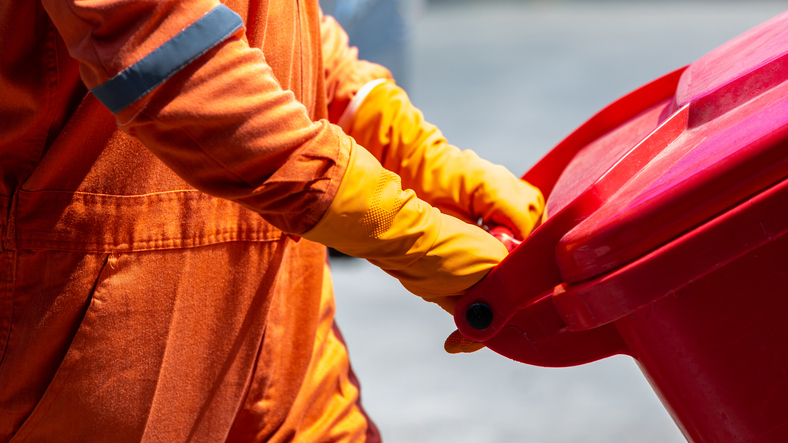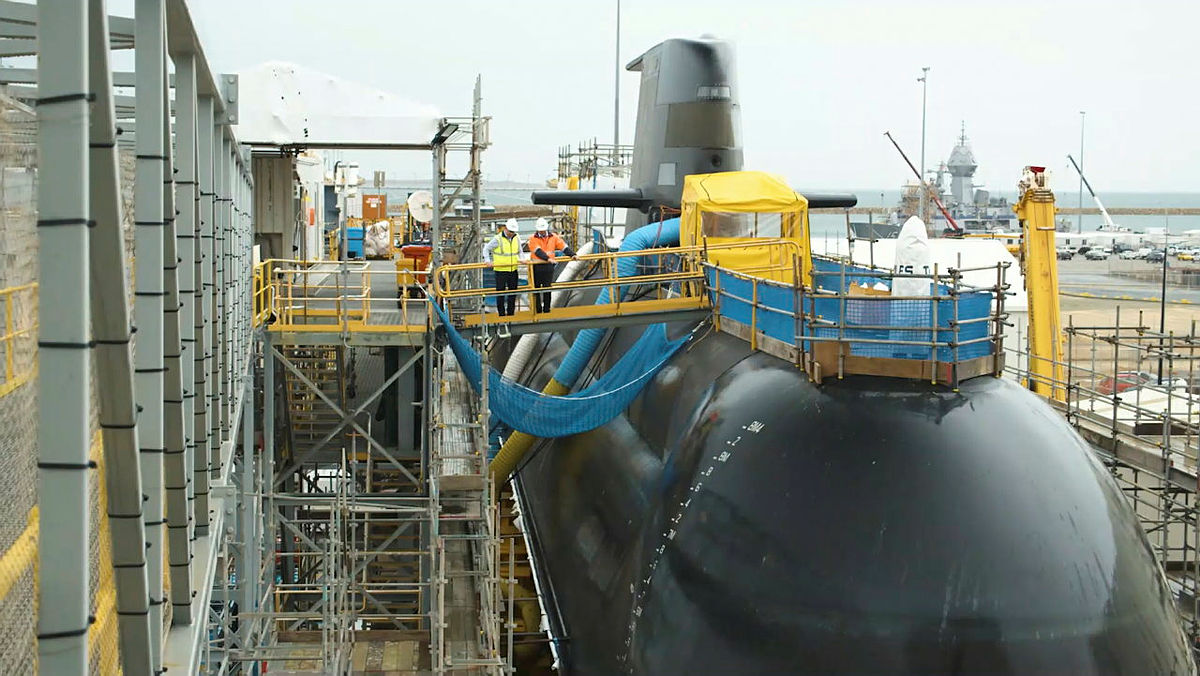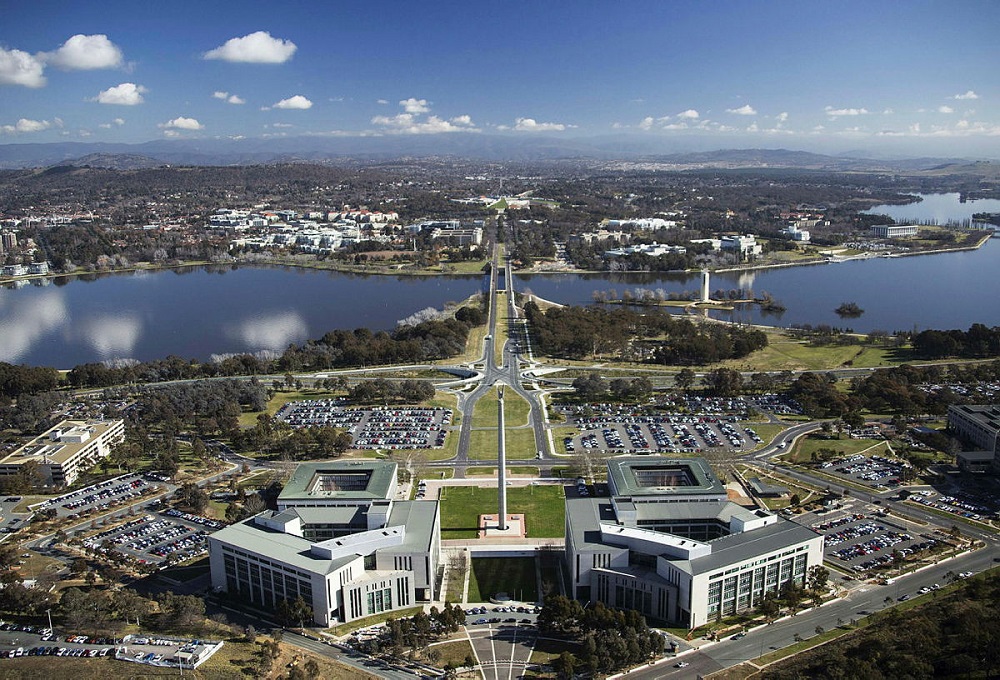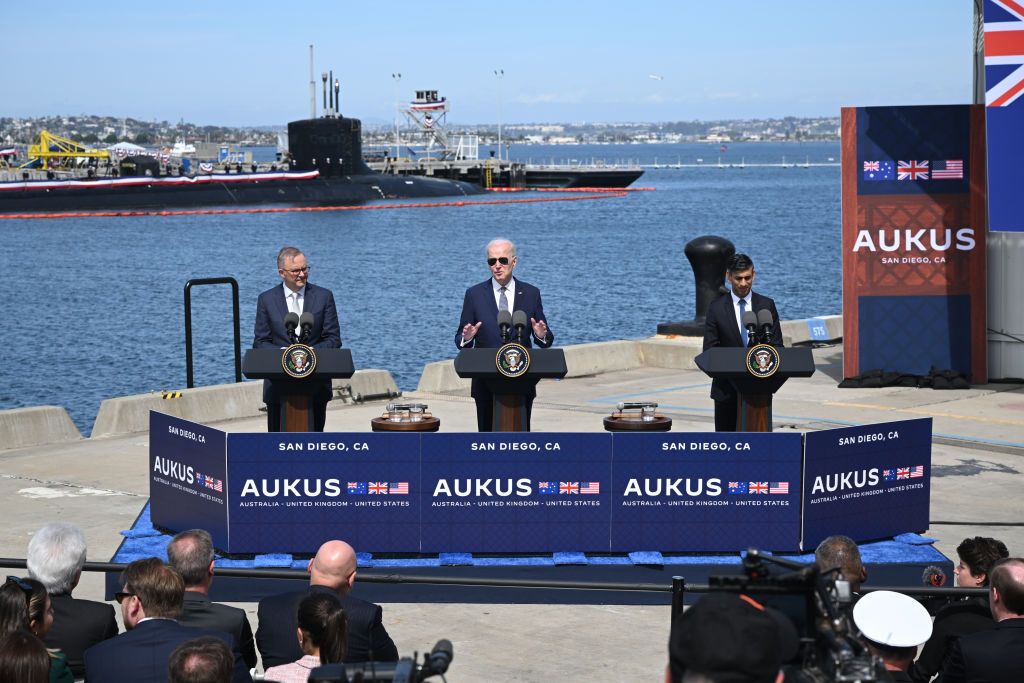National defence and the RAN (part 3): structuring the fleet for deterrence by denial
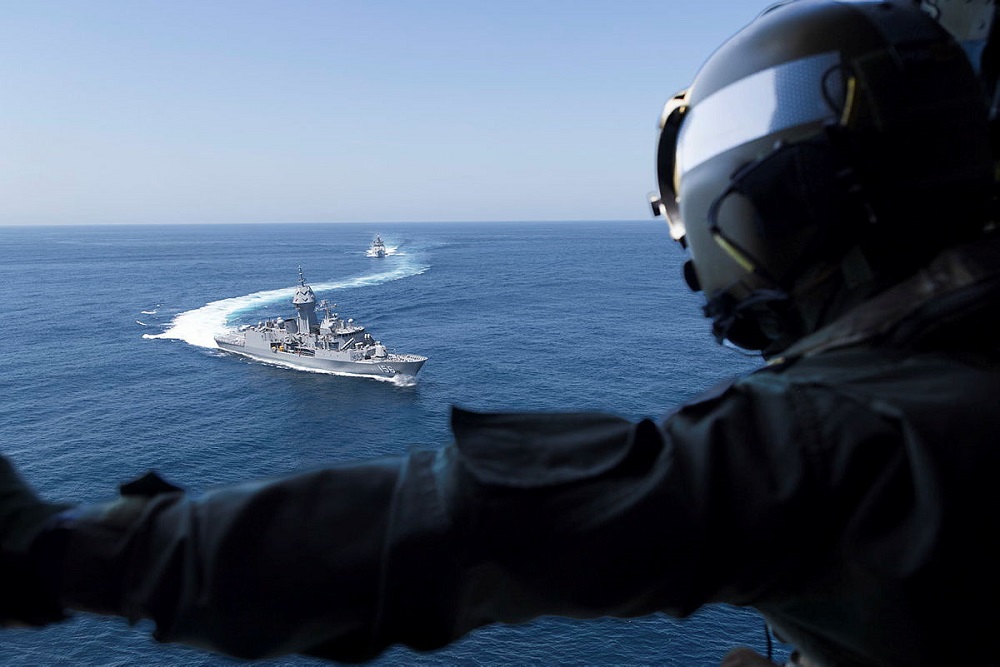
Part 1 of this series examined how the RAN could contribute to Australia’s new strategy of deterrence by denial as expressed through the 2023 defence strategic review (DSR). Part 2 analysed the RAN’s primary tasks to execute that strategy. This final post addresses the primary force structure the RAN needs to accomplish those tasks.
Deciding on the navy’s force structure is largely a process of common sense in maximising the impact of current and foreseen technologies and techniques within the available budget. But first must come the hard intellectual effort of deciding what’s to be achieved and why, how it can be done and with what. Long, hard-earned experience has revealed some useful rules to guide the common sense.
The fewer classes of ships and submarines and onboard weapons and systems the RAN possesses, the simpler and more cost-effective it will be to manage construction and lifecycle costs. Preparing and sustaining their crews will benefit too.
Building in batches, retrofitting upgrades only where relevant and sensible, and de-risking future classes by adopting an evolutionary process should be normal. Vessels should start with margins appropriate for a lifecycle involving their change and growth. Nurturing and aligning the supply chain are fundamental to minimising the challenge. The US approach to its Arleigh Burke–class destroyer illustrates the process.
For Australia, geography is the defining factor for designing its force. Almost everywhere the RAN will operate is a long way from its bases. Vessels must cover great distances economically at a reasonable speed and with sufficient volume to carry enough consumable items, including ammunition, to remain on operations for as long as possible. Artificially small crews will not suffice. Support ships are an essential part of high-endurance forces.
Being able to hit sooner, harder and further away than the other side matters. Naval combat involves attrition, and it’s best if the adversary suffers the most. Our primary platforms and systems and their crews are valuable, so they also must be as defensible and survivable as possible.
The DSR warns that the future Australian Defence Force must address a ‘current bias towards platforms’ and says a platform that can’t be crewed or that doesn’t have weapons to fire at a range to achieve the desired operational or strategic effect won’t serve us well in the current strategic environment. The navy needs multi-role platforms that are as self-contained as possible, incorporating advanced sensors, communications and other systems for networked warfare and delivering lethal effects in all domains, against the right target, and as part of an integrated force. They can also be controlling nodes for future large and small unmanned vessels as they become more practicable in the future.
Nuclear-powered submarines (SSNs) with extensive range, endurance and high speed are a self-evident solution for Australia, but their real costs will be eye-watering. Submarines are offensive weapons and very hard and expensive to counter. They will create real challenges for an adversary if present in the numbers needed.
Submarines aren’t the only capability contributing to deterrence, and it remains to be seen if other capabilities have to be given up to pay for them. Current defence budgetary planning seems deficient in that respect. The DSR, for instance, suggests a trade-off with surface combatants, but it’s not clear what that trade-off might be.
Affecting all these considerations are the questions of what rates of effort are to be achieved, for how long, and against which threat. These factors are fundamental to the size of the force and its capabilities, not to mention its cost. The DSR is silent on this aspect, but it notes that the ADF needs to increase its preparedness for operations, which brings additional cost. Options such as multi-crewing are possible to keep ships and submarines in a distant area, if difficult to manage in practice, but eventually maintenance will require a return to home ports. Preparing to deploy and reconstituting ships on return require additional resources to keep a unit on station.
A rule of thumb of three to one is sometimes quoted, which should be interpreted as being a baseline for the conduct of hostilities because it misses the peacetime requirement for advanced training support, system updates and upgrades, and extended maintenance where ships and submarines are out of service for a year or more. A better ratio in peacetime would be five or six to one, which will permit efficient and sustainable management of the force and its workforce and provide the surge and higher availability demanded in hostilities. The same is true for aircraft.
Naval operations in a hostile environment require continuous airborne early warning support and in situ or immediately on-call combat air support. Australia has a major weakness in this respect because its F-35 joint strike fighter and Growler electronic attack aircraft are confined to land-based operations, and its fleets of E-7 airborne early warning and control aircraft and P-8 surveillance aircraft are too small to be on task in multiple locations continuously. The DSR is silent on how these issues will be overcome. It’s of note that the Japanese Maritime Self-Defense Force is converting its helicopter-carrying destroyers to become F-35B (V/STOL) capable. The RAN’s Canberra-class landing helicopter docks can operate SH-60 helicopters but, unlike their Spanish equivalents, were not constructed to operate F-35B aircraft.
We’ve proposed that the RAN should operate throughout our northern region on a consistent, if not constant, basis. The main purpose is to shore up regional capabilities so that our worst case—protection of our mainland—doesn’t become necessary. A viable peacetime naval task group would consist of at least three or four surface combatants and a dedicated support ship, plus one large ship such as a Canberra class to increase the number of Seahawk helicopters and uncrewed aerial vehicles in the group. In the future, that force should be directly supported by an SSN.
Maintaining such a force continuously in our region would also enable intensive denial operations, and would require approximately 18 major surface combatants and four or five support ships, and a commensurately larger number of helicopters. The number of SSNs required is likely to be closer to 12 than eight because they’re capable of simultaneously supporting a task group and conducting independent operations. At present, eight SSNs are planned to replace six Collins-class submarines.
In the 1980s, Kim Beazley wanted 17 major surface combatants to control choke points across Australia’s north, but they didn’t materialise, and since 1987 the RAN has shrunk. The DSR postulates that a similar operational requirement potentially exists for combat operations from the Cocos (Keeling) Islands to Townsville, but even with the Hunter frigate program Australia will only possess 12 such ships.
The RAN’s three Hobart-class ships ushered in Australia’s move towards the type of surface combatant we need, but three don’t deliver the sustainable combat power required. If the major surface combatant force remains at 12 ships (three Hobarts and nine Hunters), or up to 18 but including six corvettes, the force won’t have the capacity or capability to provide an adequate protective presence for our northern defence infrastructure, or the associated task of long-range precision strikes throughout our maritime approaches. Nor could it adequately protect amphibious deployments into the region, or the range and spread of strategically important shipping. The ill-conceived Hunter-class frigate program should be cancelled in favour of quickly building several updated Hobart class while longer term plans are developed, such as collaborating with the US Navy on its future large destroyer program.
The Cape-class patrol craft are adequate for law enforcement and sovereignty tasks into the future, and the need for the larger offshore patrol vessels should be reviewed. Their capability exceeds the patrol tasks required and they will be needlessly expensive to crew, operate and maintain.
The DSR proposes a highly ambitious strategy well beyond the current capability and capacity of all three armed services. We believe a significant expansion and restructuring of the RAN’s existing fleet is required. The air force and army are in similar positions. Funding the capability sought will require a substantial increase in resources allocated to Defence, but practical challenges will remain, especially the ability to recruit, train and retain personnel.


